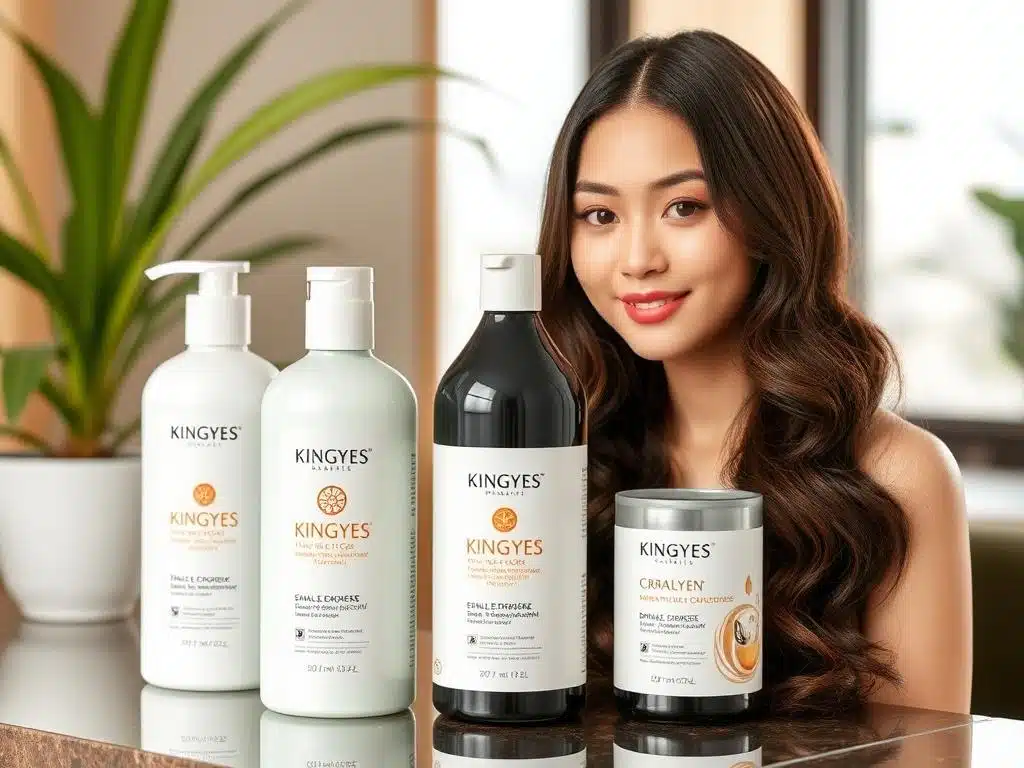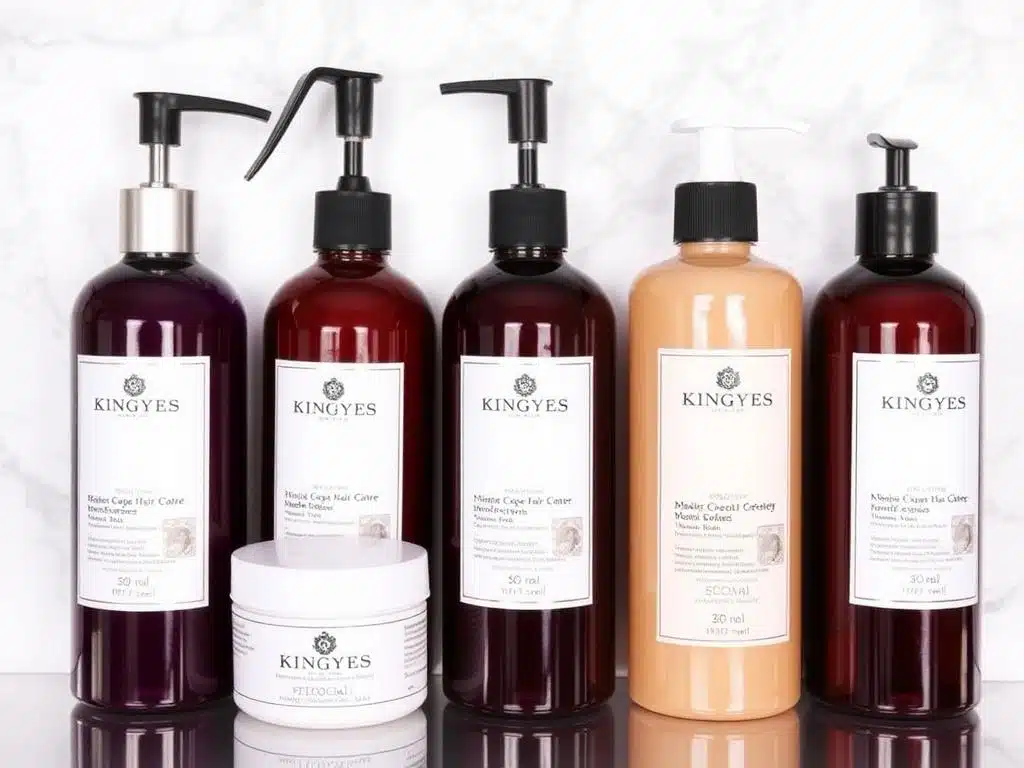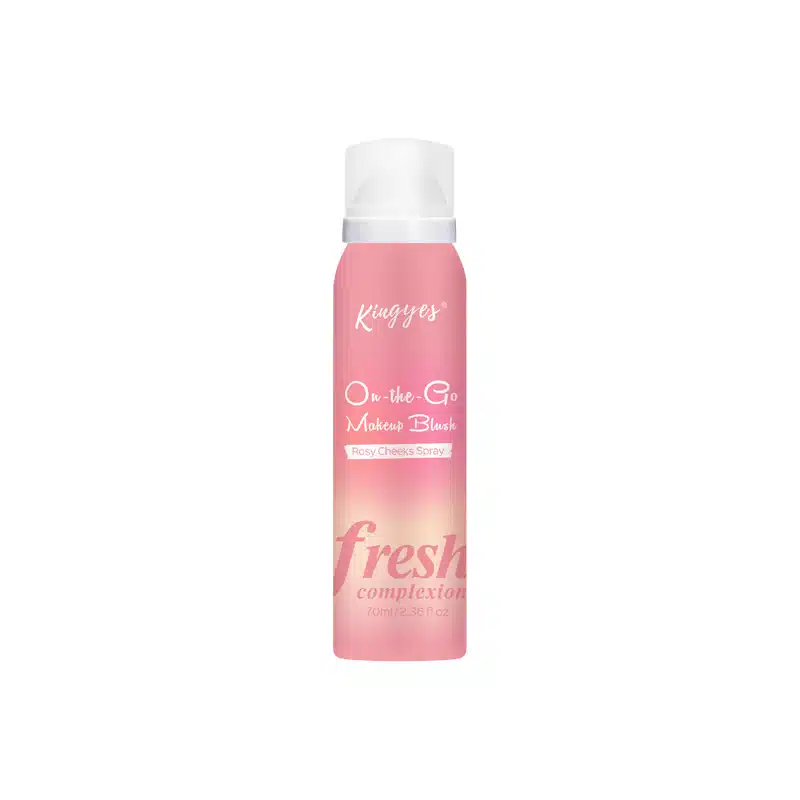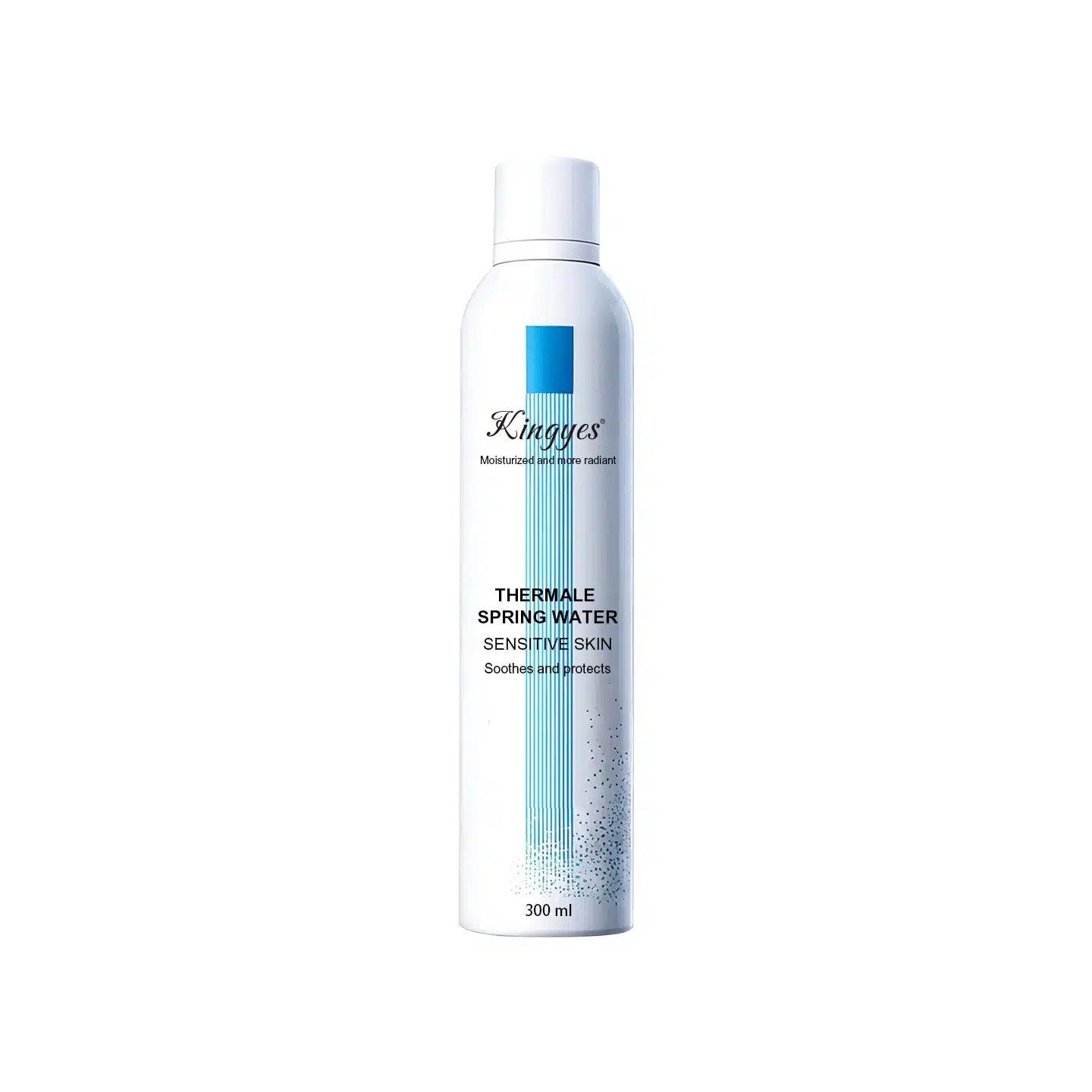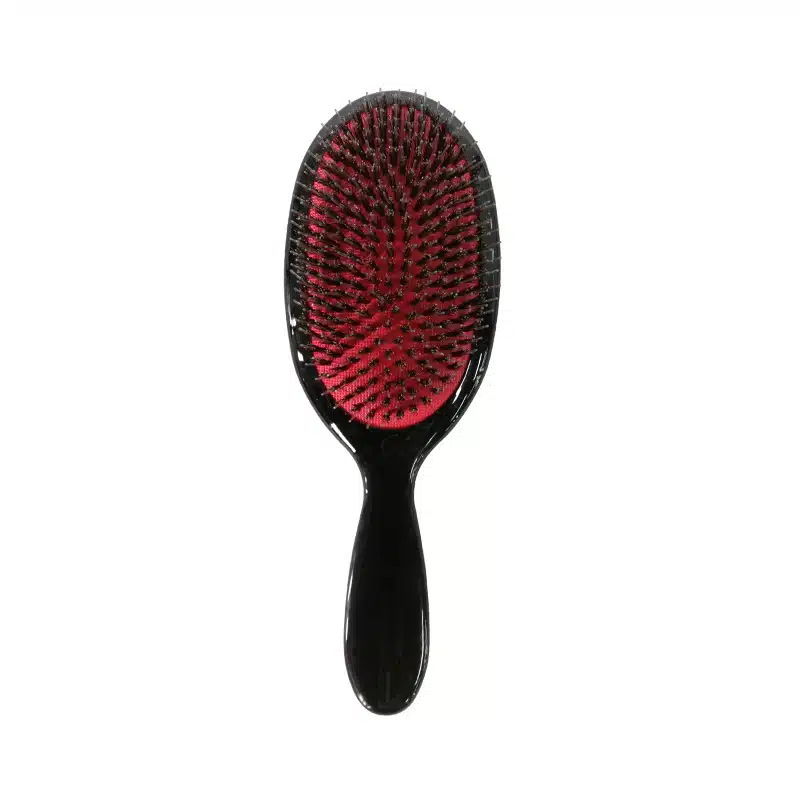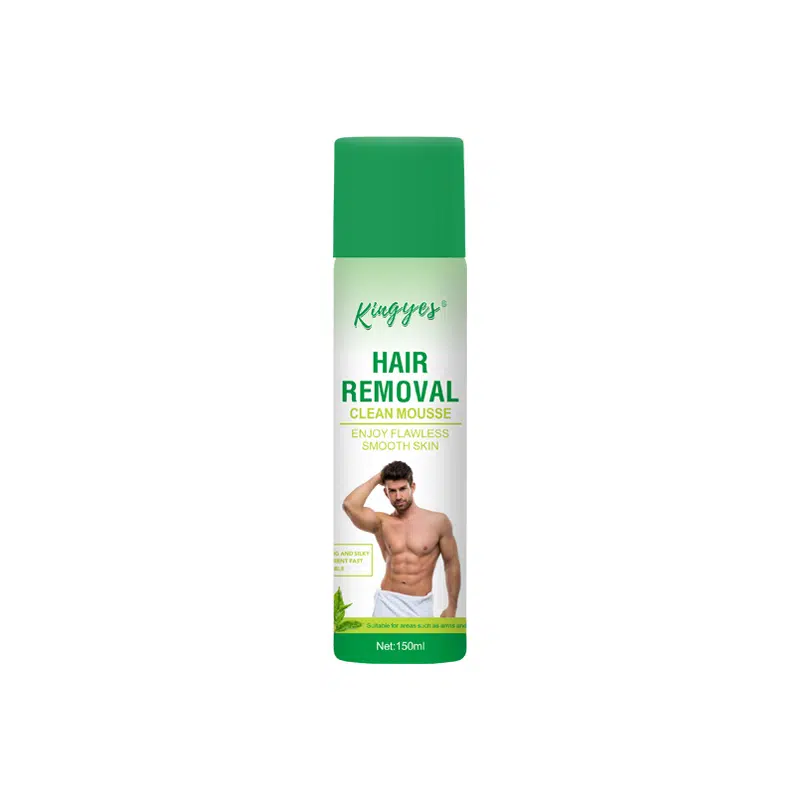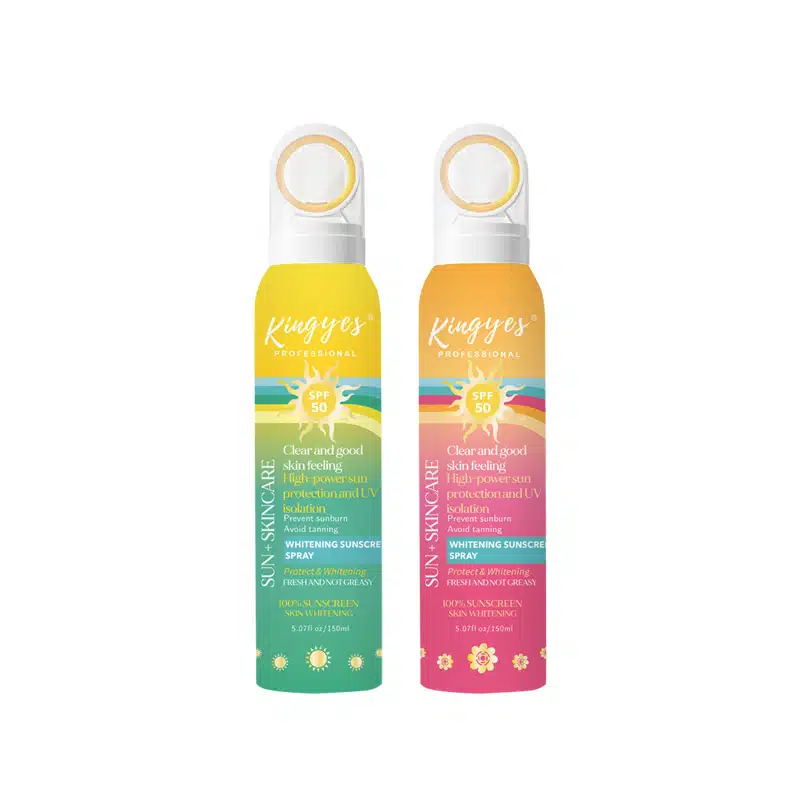
What Are The Top Hair Care Brands In China?
Table of Contents
Decoding the China Hair Care Market: Top 10 Hair Care Brands and Trends in 2024
The China hair care market is booming, with a growing demand for hair care products that cater to a variety of needs and preferences. In 2022, the market saw impressive growth, and the haircare market is projected to continue its upward trend through 2024. This article will analyze the top 10 China hair care brands, explore the factors driving this growth, and examine the market size and emerging trends. For anyone interested in understanding the dynamics of hair care in China, the influence of hair color trends, and the preferences of Chinese consumers, this is a must-read. We will also delve into products that are made in China and dominating the care market. The haircare market is constantly growing.
Overview of the China Hair Care Market
The China hair care market has witnessed significant growth in recent years. China is now a leading market for many hair care brands. The market’s expansion is fueled by rising disposable incomes, increasing urbanization, and a growing awareness of personal grooming among Chinese consumers. Shampoo remains the dominant product category, but other segments, such as conditioners, hair treatments, and hair color products, are experiencing rapid growth. The market in China is very lucrative.
In 2022, the China hair care market reached a significant valuation, and it is projected to continue growing at a steady pace through 2024 and beyond. Key players in the market include both international giants like Unilever, P&G, and L’Oréal, as well as domestic Chinese brands that are gaining substantial market share. These brands offer a variety of products that are designed to meet the needs of Chinese consumers. The haircare market is highly competitive. The China hair care market report highlights some key facts about the hair care industry. Many brands are using their websites to promote their haircare products.
What Are the Key Drivers of Growth in the China Hair Care Market?
Several factors are contributing to the impressive growth of the China hair care market:
- Rising Disposable Incomes: As the Chinese economy continues to grow, consumers have more disposable income to spend on personal care products, including hair care.
- Urbanization: The increasing urban population in China is more exposed to global trends and has a greater awareness of personal grooming, driving demand for hair care products.
- E-commerce Growth: The rapid expansion of e-commerce platforms in China has made it easier for consumers to access a wide range of hair care products, including international brands. It has also allowed many smaller brands to achieve a greater reach.
- Social Media Influence: Social media platforms play a significant role in shaping consumer preferences and driving trends in the hair care market. Influencers and Key Opinion Leaders (KOLs) have a major impact on purchasing decisions. Hair care brands are utilizing these platforms to promote their products.
- Product Innovation: Hair care brands are constantly innovating, developing new products that cater to specific hair types and concerns, such as anti-hair loss shampoo, hair treatments for damaged hair, and products for sensitive scalp. Chinese consumers are becoming more interested in specialized products.
- Premiumization: There is a growing trend towards premiumization in the China hair care market, with consumers willing to spend more on high-quality products that offer superior benefits. This has led to a surge in demand for more expensive hair care products.
- Growing Awareness of Scalp Health: Chinese consumers are becoming increasingly aware of the importance of scalp health, leading to a rise in demand for products that address scalp concerns, like hair loss and dandruff. This has led to the development of new products that promote scalp health.
Top 10 Hair Care Brands in China
The China hair care market is dominated by a mix of international and domestic brands. Here are 10 of the top players:
Unilever: A global consumer goods giant, Unilever owns several popular hair care brands in China, including Clear, Dove, and Sunsilk. The company has a strong distribution network and invests heavily in advertising and product innovation. Their products are designed for different hair types.
Procter & Gamble (P&G): Another global leader, P&G, holds a significant market share in China with brands like Head & Shoulders, Pantene, Rejoice, and Vidal Sassoon. Their products are trusted and widely used. P&G focuses on creating products that cater to a wide range of hair types and concerns.
L’Oréal: The French cosmetics giant has a strong presence in the China hair care market with brands like L’Oréal Paris, Garnier, and Kérastase. They offer a variety of hair care and hair color products.
Adolph: This domestic brand has gained popularity in recent years, particularly among younger consumers. Its focus on natural ingredients and traditional Chinese medicine has resonated with the market. Their products are known for their quality and effectiveness.
SeeYoung: SeeYoung is another successful domestic brand that specializes in silicone-free shampoo and other hair care products. They have gained a loyal following for their focus on gentle, effective formulas.
C স্থানীয় (C-Local): A domestic brand known for its affordable yet effective hair care products. They offer a range of products catering to various hair needs.
Kao Corporation: The Japanese company behind brands like Asience and Segreta, Kao has a presence in the premium hair care segment in China. Their products are known for their advanced formulas.
Schwarzkopf: A subsidiary of Henkel, Schwarzkopf is a well-known brand globally and in China. Its Got2b and Extra Care lines are popular, especially for styling and treatments. They offer a variety of products for different hair types. Schwarzkopf is particularly popular for its hair dye products.
Wella: A long-established brand, Wella is recognized for its professional hair care and color products, targeting both salon professionals and individual consumers. Their products are known for their quality and reliability.
Beiersdorf AG: This company is well-known for its skincare brands like Nivea, but also has a presence in the haircare market with brands like Slek.
These brands have achieved success in China by understanding local consumer preferences, investing in research and development, and adapting their marketing strategies to the unique characteristics of the Chinese market.
Analyzing Market Segmentation and Trends
The China hair care market can be segmented based on product type, distribution channel, and price range. This segmentation helps brands develop targeted marketing strategies and product offerings. Some of the main product segments are shampoo, conditioner, hair oil, hair masks, and hair color.
Product Type:
- Shampoo: The largest segment, accounting for the majority of market share. Key trends include the growing popularity of silicone-free, anti-hair loss, and scalp care shampoos.
- Conditioner: The second-largest segment, with increasing demand for leave-in conditioners and deep conditioning treatments.
- Hair Color: A rapidly growing segment, driven by fashion trends and the desire for self-expression. Hair dye is becoming increasingly popular among Chinese consumers.
- Hair Treatments: This segment includes products like hair oils, serums, masks, and scalp treatments. There is a growing demand for specialized treatments that address specific concerns, like damaged hair, hair loss, and sensitive scalp. Many people are also suffering from hair loss in China.
Distribution Channel:
- Supermarkets/Hypermarkets: Traditionally the dominant channel, but losing market share to e-commerce.
- E-commerce: The fastest-growing channel, driven by convenience, wide product selection, and competitive pricing.
- Specialty Stores: Stores specializing in beauty and personal care products, offering a more curated selection and personalized service.
- Salons: An important channel for professional hair care products and treatments.
Price Range:
- Mass Market: Affordable products from brands like Rejoice, Head & Shoulders, and some domestic brands.
- Premium: Higher-priced products from brands like Kérastase, Wella, and some specialized domestic brands.
- Super-Premium: Luxury products from brands like Oribe and Philip B.
| Segment | Sub-segment | Key Trends |
|---|---|---|
| Product Type | Shampoo | Growing popularity of silicone-free, anti-hair loss, and scalp care shampoos |
| Conditioner | Increasing demand for leave-in conditioners and deep conditioning treatments | |
| Hair Color | Rapid growth driven by fashion trends and self-expression | |
| Hair Treatments | Growing demand for specialized treatments for damaged hair, hair loss, and sensitive scalp | |
| Distribution Channel | Supermarkets/Hypermarkets | Traditionally dominant but losing market share to e-commerce |
| E-commerce | Fastest-growing channel due to convenience, wide selection, and competitive pricing | |
| Specialty Stores | Offer curated selection and personalized service | |
| Salons | Important channel for professional hair care products and treatments | |
| Price Range | Mass Market | Affordable products from brands like Rejoice, Head & Shoulders, and some domestic brands |
| Premium | Higher-priced products from brands like Kérastase, Wella, and some specialized domestic brands | |
| Super-Premium | Luxury products from brands like Oribe and Philip B |
Market Trends:
- Natural and Organic: Growing consumer preference for hair care products with natural and organic ingredients. Consumers are concerned about the ingredients in their hair care products.
- Anti-Pollution: Demand for products that protect hair from environmental damage caused by pollution.
- Personalization: Increasing interest in personalized hair care solutions tailored to individual hair types and concerns. This helps to improve hair quality.
- Scalp Care: Greater focus on scalp health, with products designed to address issues like dandruff, dryness, and sensitivity. There is an increase in Chinese people looking for ways to improve their scalp health.
- Gen Z Influence: The rise of Gen Z consumers is shaping trends, with a focus on self-expression, sustainability, and authenticity. Gen Z are looking for new and innovative products.
The Rise of Domestic Chinese Hair Care Brands
While international brands have historically dominated the China hair care market, domestic brands are rapidly gaining ground. These brands are leveraging their understanding of local consumer preferences, incorporating traditional Chinese medicine ingredients, and offering competitive pricing to capture market share. They are also focusing on the specific hair needs of Chinese consumers. Many are becoming hair care brands.
Brands like Adolph, SeeYoung, C স্থানীয়, and others have successfully established themselves as strong players in the market. They are effectively competing with international brands by offering high-quality products that are specifically formulated for Chinese hair types and concerns. They often use formulation techniques that are unique to the Chinese market. Their success shows that made in China products can compete with global brands. These brands are gaining popularity in China. They are also developing specialized products for the Chinese market.
The Influence of E-commerce on Hair Care Sales in China
E-commerce has revolutionized the way Chinese consumers shop for hair care products. Online platforms like Tmall, JD.com, and Pinduoduo offer a vast selection of brands and products, often at discounted prices. They also provide a platform for smaller brands to reach a wider audience.
E-commerce has also enabled the rise of social commerce, where consumers discover and purchase products through social media platforms like WeChat and Douyin (TikTok). Key Opinion Leaders (KOLs) and influencers play a major role in promoting hair care brands and products on these platforms. This has led to a change in consumer demand.
Understanding Chinese Consumer Preferences in Hair Care
Chinese consumers have specific preferences and needs when it comes to hair care. Understanding these nuances is crucial for brands seeking to succeed in the market. Here are some key considerations:
- Hair Type and Texture: Chinese consumers generally have straight, black hair, but there is a growing diversity of hair types and textures due to factors like perming, coloring, and mixed-race individuals. Brands need to cater to this range of hair needs.
- Scalp Concerns: Scalp issues like dandruff, oiliness, and sensitivity are common concerns among Chinese consumers. Products that address these issues are in high demand. Many people are looking for products that improve their scalp health.
- Hair Loss: Hair loss is a significant concern, particularly among men, but increasingly among women as well. Anti-hair loss shampoo and other hair growth products are popular. Many Chinese consumers are suffering from hair loss.
- Natural Ingredients: There is a growing preference for hair care products that contain natural and organic ingredients. Traditional Chinese medicine ingredients are particularly well-regarded. Consumers are becoming more aware of harmful chemicals.
- Brand Reputation: Chinese consumers value brand reputation and are willing to pay a premium for products from trusted brands, both international and domestic. The reputation of hair care brands is very important.
- Product Safety: Consumers are becoming more conscious of health concerns related to their choice of products. Consumers are increasingly concerned about product safety and are looking for products that are free from harmful chemicals. This has led to an increase in the popularity of hair care products made with natural ingredients.
The Role of Traditional Chinese Medicine in Hair Care
Traditional Chinese medicine (TCM) plays a significant role in the China hair care market. Many domestic brands incorporate TCM ingredients and principles into their product formulations. Consumers often perceive TCM ingredients as natural, safe, and effective. This is a popular trend in the Chinese haircare market.
Some commonly used TCM ingredients in hair care products include:
- He Shou Wu (Polygonum multiflorum): Believed to promote hair growth and prevent premature graying.
- Ginseng: Used to strengthen hair and improve scalp circulation.
- Lingzhi (Reishi mushroom): Thought to nourish the scalp and promote hair health.
- Dang Gui (Angelica sinensis): Used to improve blood circulation to the scalp.
These ingredients are often combined with modern hair care technologies to create products that offer both traditional and scientific benefits. This is appealing to many Chinese consumers.
Challenges and Opportunities in the China Hair Care Market
The China hair care market presents both challenges and opportunities for brands:
Challenges:
- Intense Competition: The market is highly competitive, with numerous international and domestic brands vying for market share. This makes it difficult for new brands to enter the market.
- Changing Consumer Preferences: Consumer preferences are constantly evolving, requiring brands to stay ahead of trends and adapt quickly. Brands need to be aware of changes in the market.
- Distribution Complexities: Navigating the complex distribution landscape in China, including both online and offline channels, can be challenging. There are also different regulations in different parts of China.
- Counterfeit Products: The prevalence of counterfeit products can damage brand reputation and erode consumer trust. Brands need to be vigilant about protecting their intellectual property.
- Regulatory Compliance: Meeting China’s regulatory requirements for cosmetic products can be complex and time-consuming. Brands need to ensure their products comply with all relevant regulations.
- Marketing Costs: The cost of marketing and advertising, including the use of Key Opinion Leaders (KOLs), has risen sharply as competition has increased.
Opportunities:
- Market Growth Potential: The China hair care market is still growing rapidly, offering significant opportunities for brands that can meet consumer needs. There is a growing demand for hair care products.
- E-commerce Expansion: The continued growth of e-commerce provides a powerful platform for brands to reach a wider audience. It also provides a platform for smaller brands to compete with larger, more established brands.
- Premiumization Trend: The growing demand for premium and super-premium hair care products presents an opportunity for brands to offer high-quality, differentiated products. This is a major trend in the Chinese market.
- Niche Markets: There are opportunities to target niche markets, such as consumers with specific hair types or concerns, or those seeking natural and organic products. This includes products for sensitive scalp.
- Innovation in TCM: Combining traditional Chinese medicine with modern hair care technology offers a unique selling proposition for brands. Many brands are using this as a way to differentiate themselves.
- Tier 2 and 3 Cities: As incomes rise, and trends spread outwards from the main urban centers, there is growing demand in less developed cities.
Future Projections for the China Hair Care Market
The China hair care market is projected to continue its growth trajectory in the coming years. Industry experts predict that the market will reach a significant valuation by 2025 and 2027. The market is expected to be driven by factors such as rising disposable incomes, increasing urbanization, and growing consumer awareness of personal grooming. The market is also expected to be driven by the growing demand for specialized products.
Key trends that are expected to shape the future of the market include:
- Continued Premiumization: Consumers will continue to trade up to higher-quality, more expensive hair care products.
- Digitalization: E-commerce and social commerce will play an even greater role in hair care sales and marketing.
- Personalization: Demand for personalized hair care solutions will continue to grow.
- Sustainability: Consumers will increasingly seek out sustainable and eco-friendly hair care options. There will be a greater focus on quality ingredients.
- Technological Advancements: New technologies, such as AI-powered hair analysis and personalized product recommendations, will emerge.
It is projected that, by 2025, the haircare segment will see a 2.5% increase in volume growth.
Here are some of the most important takeaways from this analysis of the China hair care market:
- The China hair care market is a dynamic and rapidly growing market.
- Both international and domestic brands are competing for market share.
- E-commerce and social commerce are playing an increasingly important role in hair care sales.
- Chinese consumers have specific preferences and needs when it comes to hair care.
- Traditional Chinese medicine is influencing product formulations.
- The market presents both challenges and opportunities for brands.
- The future of the China hair care market looks bright, with continued growth and innovation expected.
- The China hair care market is expected to continue its growth trajectory in the coming years.
- Key trends that are expected to shape the future of the market include continued premiumization, digitalization, personalization, sustainability, and technological advancements.
- By 2027, it is expected that 77% of spending within the haircare segment will be attributed to non-luxury goods.
- In 2023, the shampoo segment held the largest market share at 38.6%. Conditioner held a 29.4% market share, and hair color held 8.7%.
- Sales through supermarkets and online are expected to grow year-on-year.
- Unilever is a leading market player.
- Beiersdorf AG and Kao USA are major players in the Chinese market. Their products include popular brands like Schwarzkopf.
- Guangzhou and Shanghai are major centers of production and home to many successful companies. Examples include Guangzhou Biying Cosmetics Co., Ltd and Shanghai Pechoin Daily Chemical Co., Ltd.
The China hair care market offers exciting opportunities for brands that can understand and cater to the evolving needs of Chinese consumers. By staying ahead of trends, embracing innovation, and leveraging the power of e-commerce and social media, brands can position themselves for success in this dynamic and lucrative market. The hair care industry is constantly evolving. In 2023, the revenue for the haircare market was over 7.5 billion USD. The market is projected to grow. It is anticipated that there will be 1.5 billion users in the haircare segment by 2027. The China hair care industry is expected to continue to grow.
| Company | Country of Origin | Popular Brands in China |
|---|---|---|
| Unilever | UK/Netherlands | Clear, Dove, Sunsilk, TRESemmé |
| Procter & Gamble (P&G) | USA | Head & Shoulders, Pantene, Rejoice |
| L’Oréal | France | L’Oréal Paris, Garnier |
| Adolph | China | Adolph |
| SeeYoung | China | SeeYoung |
| C স্থানীয় (C-Local) | China | C স্থানীয় |
| Kao Corporation | Japan | Asience, Segreta |
| Henkel | Germany | Schwarzkopf |
| Wella | Germany | Wella |
| Dongguan Mefapo Cosmetic Products Co., Ltd | China | KINGYES |
| Shanghai Pechoin Daily Chemical Co., Ltd | China | Pechoin |
It is important to note that the market is constantly changing, with new brands emerging and consumer preferences shifting. The continued growth of the China hair care market is dependent on a number of factors, including economic conditions, consumer trends, and technological advancements. All companies involved in the hair care market should have ISO22716 and GMPC certification. Companies like Beiersdorf AG and Kao USA Inc should continue to develop their hair care products to meet the needs of Chinese consumers. Companies should also continue to utilize their distribution channels effectively. They should also develop their research and development to stay ahead of the competition. There is a growing demand for haircare products that use natural ingredients. Foreign brands should ensure their products meet the needs of Chinese consumers.
Comments
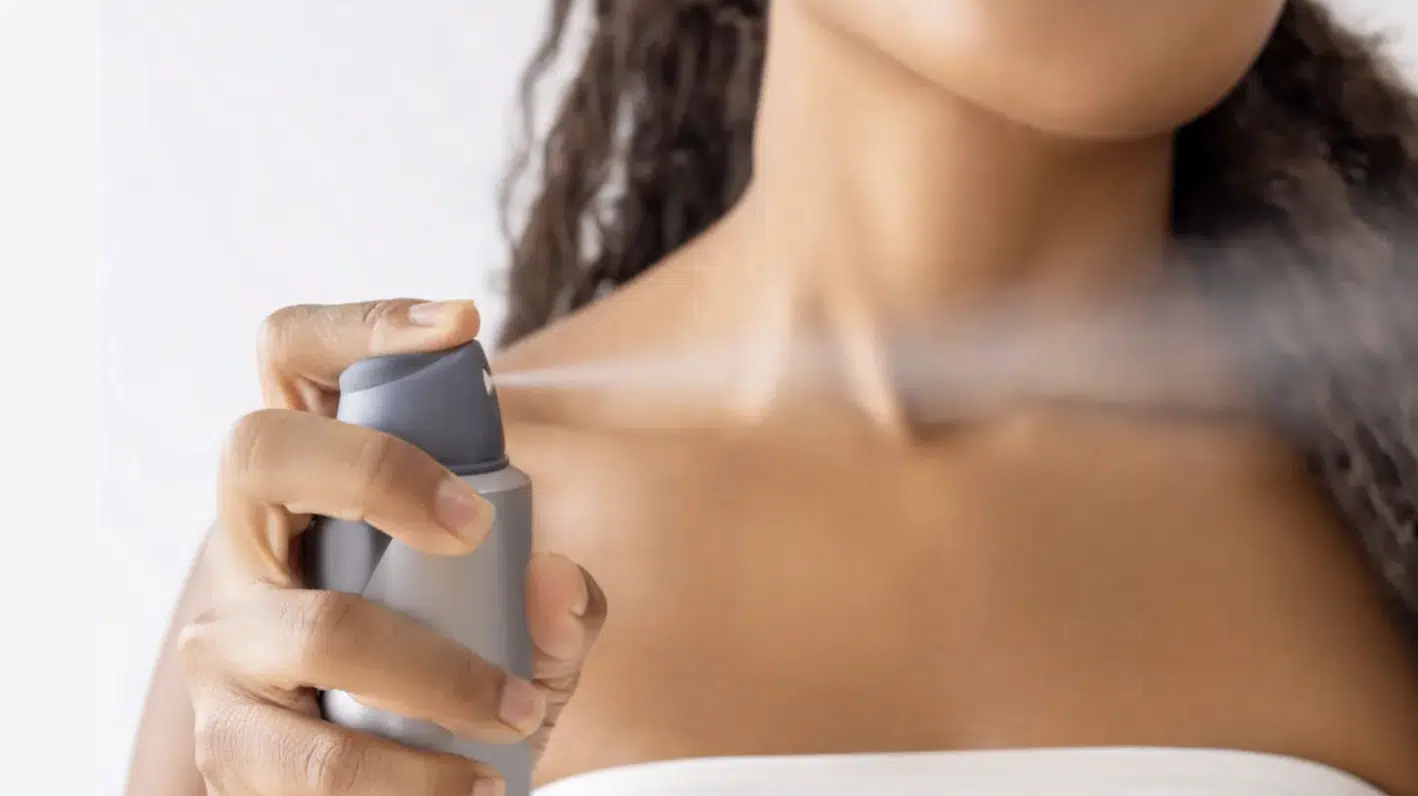
What Happens If You Don’t Use Setting Spray?
Setting spray is often lauded as the ultimate secret to a long-lasting, flawless makeup look.
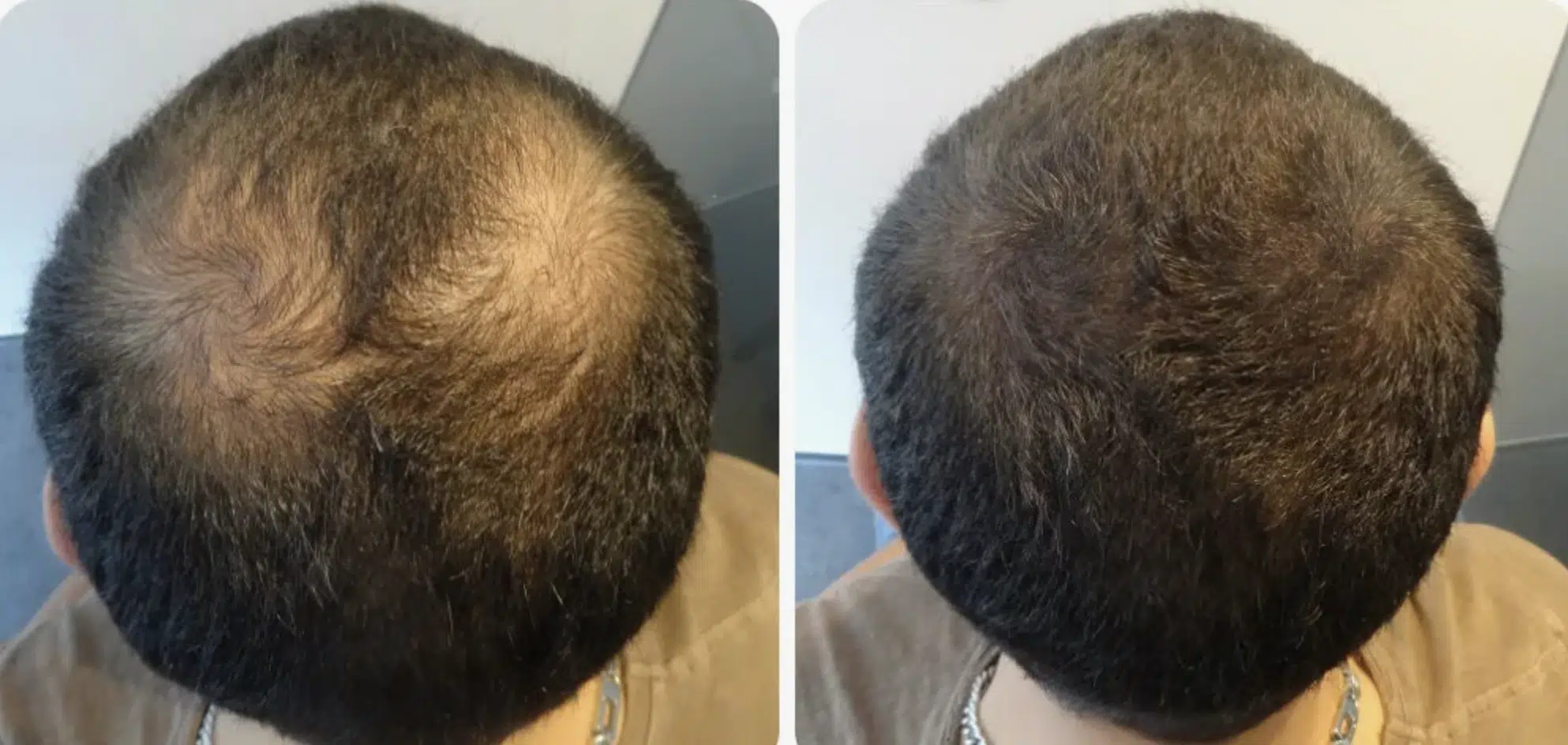
Can You Use Hair Fibres Everyday?
Hair fibers have become a go-to solution for those dealing with hair loss and thinning hair.
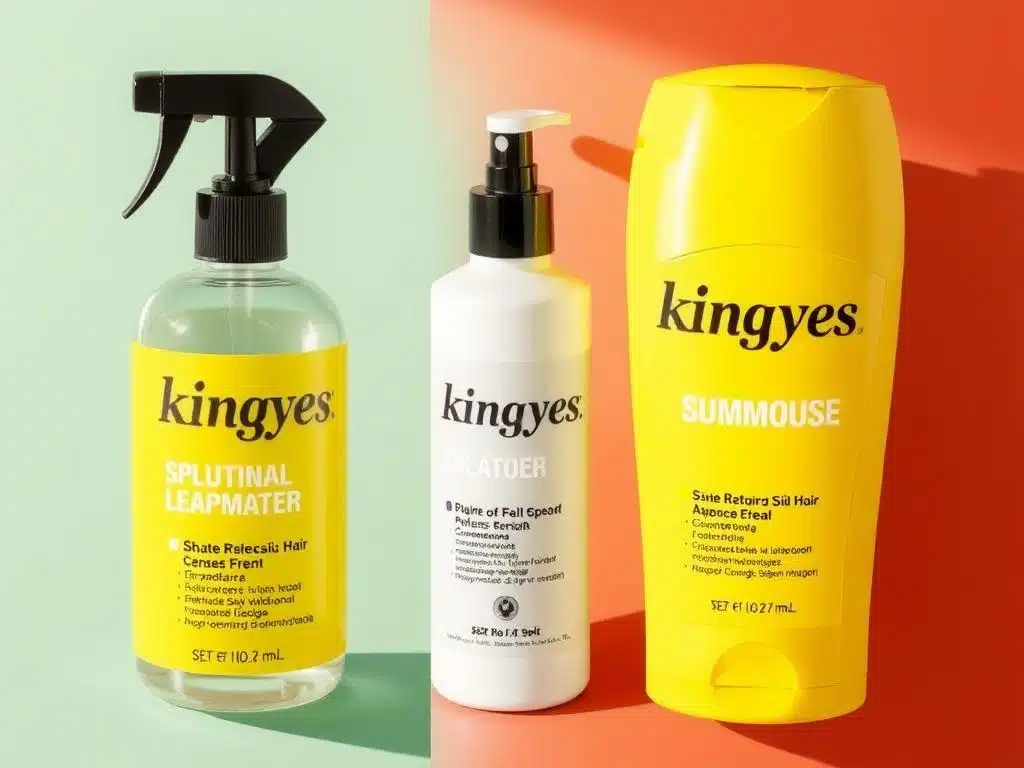
How To Tell If Its Dandruff Or Hair Product?
Dealing with an itchy, flaky scalp can be frustrating.
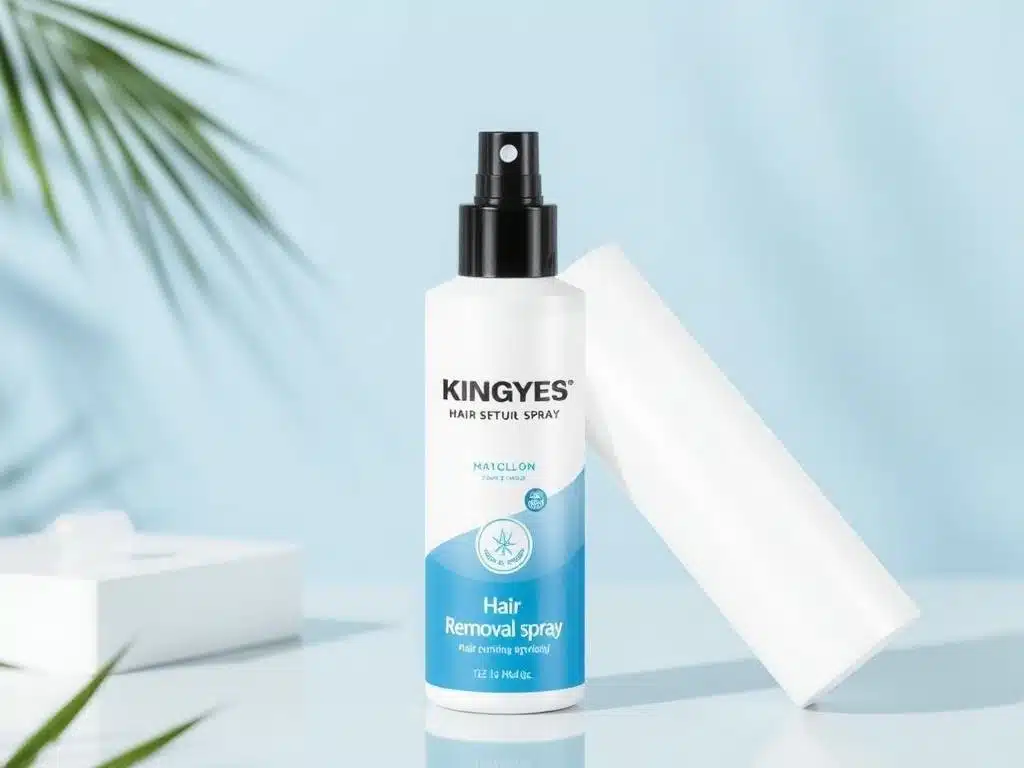
What Is Hair Removal Spray Made Of?
Looking for a painless and efficient way to remove unwanted hair?
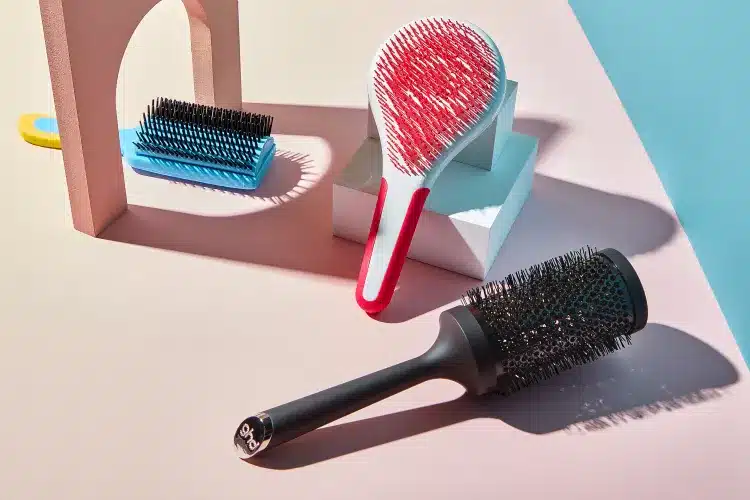
How To Choose The Right Hair Brush
Hair styling products are specialized formulations designed to alter, enhance, and maintain hairstyles, catering to a diverse array of hair types and styling preferences.
- +86 151 1839 7303
- [email protected]
- Mon-Sun 07:00-23:00
Tags
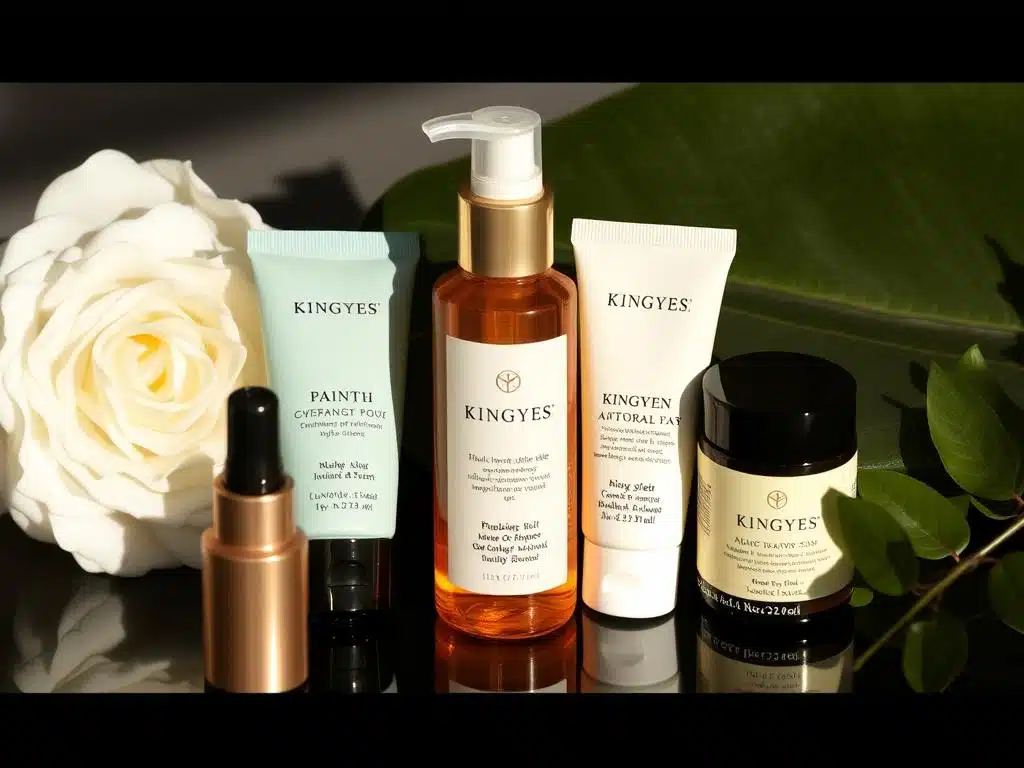
How To Sell Cosmetics On WeChat?
Are you ready to tap into the world’s largest beauty market?

How To Sell Cosmetics On Shopee?
Looking to sell cosmetics and tap into the booming e-commerce market of Southeast Asia?

How To Cooperate With Cosmetics Factories?
In the dynamic and competitive beauty industry, partnering with the right cosmetic manufacturer is paramount to the success of your cosmetics business.

